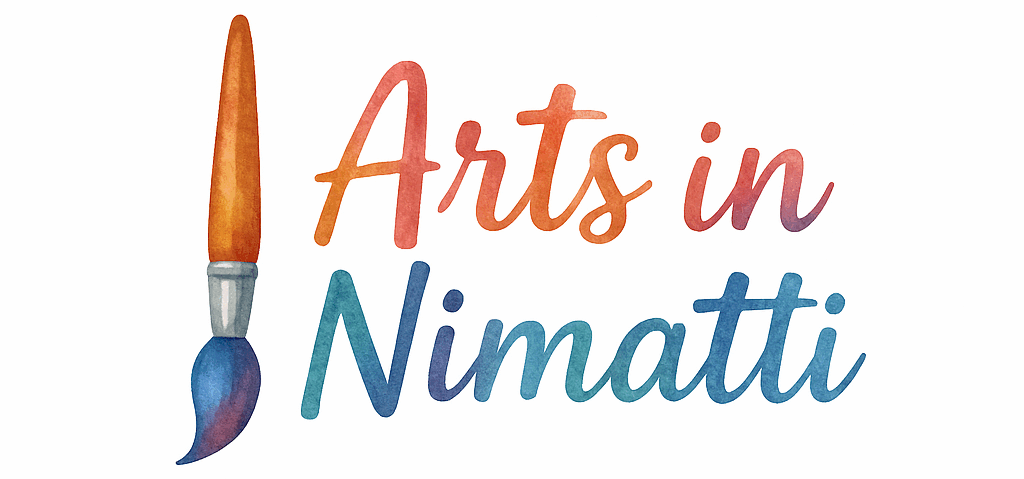Introduction
Being a full-time artist sounds like a dream come true, right? Imagine spending your days creating, experimenting, and immersing yourself in the world of art. But, as many full-time artists will tell you, it’s not all about the paintbrush or canvas. Time management becomes your best friend when you’re juggling deadlines, client demands, studio time, and, let’s not forget, maintaining your creative spark.
In this article, we’ll explore eight essential time management tips that will help you get the most out of your day as a full-time artist. Whether you’re an established professional or just starting your art career, these strategies will help you streamline your workflow, reduce stress, and maximize your productivity.
Why Time Management Matters for Artists
As a full-time artist, your time is your most precious resource. Without effective time management, it’s easy to find yourself overwhelmed, missing deadlines, or struggling to maintain a consistent creative flow. Proper time management allows you to balance your artistic ambitions with the business side of being an artist, such as marketing, networking, and managing your art sales.
The Struggle of Balancing Art and Time
It’s not always easy to balance the demands of being a professional artist. From the creative process to managing your business, there are so many tasks vying for your attention. The good news is that by using these time management tips, you can stay focused and organized, ensuring that your art doesn’t take a backseat to administrative tasks.
1. Set Clear and Achievable Goals
One of the first steps to effective time management is setting clear and realistic goals. Without goals, it’s easy to wander from one project to the next without making significant progress. Setting goals gives you a roadmap for success.
Break Down Larger Projects
A large painting or installation might feel like an overwhelming task, but breaking it down into smaller, manageable steps can help. Divide the project into phases, such as brainstorming, sketching, painting, and final touches. Each of these phases becomes a goal in itself.
Use SMART Goals
Adopting the SMART (Specific, Measurable, Achievable, Relevant, Time-bound) framework can help you set goals that are not only realistic but also trackable. For example, instead of saying, “I want to paint more,” say, “I will complete two landscape paintings by the end of this month.” This clarity in goal-setting also aligns with the principles of creative habits.
2. Create a Daily Schedule
Creating a daily schedule is crucial for managing your time effectively. A well-planned day allows you to stay focused and ensures you’re consistently making progress.
Prioritize Important Tasks
Not all tasks are equal. Some are more time-sensitive or impactful than others. Prioritize tasks based on deadlines and importance. For instance, if you have an upcoming gallery show, dedicating more time to finalizing your pieces should be your priority.
Block Out Time for Art and Admin
As a full-time artist, you need to set aside specific times for both your art and the business side of things. Dedicate morning hours to creating and afternoons to emails, marketing, and managing your art portfolio. Find a balance that works for you.
3. Embrace the Power of a To-Do List
To-do lists are an essential tool for keeping track of all your tasks. Whether you’re sketching, painting, or handling client communications, a to-do list helps you stay organized and focused.
Use Digital Tools
There are countless apps and digital tools, such as Trello or Todoist, that allow you to organize your tasks. These tools can help you set reminders and deadlines, ensuring you never miss an important task.
Don’t Overwhelm Yourself
While it’s tempting to create a long list of tasks, it’s important to set realistic expectations. Don’t overwhelm yourself with too many items. Instead, focus on the most pressing tasks and adjust your list as necessary.

4. Limit Distractions
In a world full of distractions, staying focused is more important than ever. Whether you’re working in a studio or at home, it’s essential to create a work environment that allows you to focus.
Create a Distraction-Free Workspace
Your workspace should inspire creativity but also keep distractions to a minimum. Try to set up your studio or office in a quiet area, free from clutter and distractions. Keep your art techniques and tools within reach, and organize your space so that everything has its place.
Set Boundaries for Social Media
Social media can be a huge distraction, and while it’s important for building an art business, it’s easy to lose hours scrolling. Set designated times for checking social media, rather than letting it take over your entire day.
5. Delegate or Outsource Non-Art Tasks
As a full-time artist, there are many non-creative tasks that need attention, such as managing emails, handling finances, or maintaining your website. Instead of trying to do it all, consider delegating or outsourcing tasks.
Hire Help for Administrative Tasks
If you’re struggling to find time for both art and administrative duties, consider hiring an assistant. An administrative assistant can help you handle the day-to-day tasks, leaving you with more time to focus on your art.
Invest in an Assistant or Virtual Help
If hiring a full-time assistant isn’t an option, consider using virtual assistants. They can handle emails, scheduling, and even basic customer inquiries, allowing you to focus on the creative side of your business. You can explore more about art education and how virtual assistants can support your journey.
6. Set Realistic Deadlines and Stick to Them
Deadlines can help you stay on track and maintain a sense of urgency, but only if they’re realistic. Setting deadlines that are too tight can lead to stress and burnout, while lenient deadlines might cause procrastination.
Stay Accountable to Yourself
The key to meeting deadlines is holding yourself accountable. Write down your deadlines and track your progress regularly. Celebrate small wins when you meet a deadline to keep yourself motivated. Regularly reviewing your work will also enhance your artistic productivity.
Buffer Time for Unexpected Delays
Always factor in some buffer time. Unexpected delays happen—whether it’s due to creative blocks or external factors. Giving yourself a little extra time ensures that you’re not rushed and can still deliver quality work.
7. Prioritize Self-Care and Breaks
As an artist, your mental and physical well-being is vital to your success. Working long hours without breaks can lead to burnout, which will ultimately affect your creativity and productivity.
Rest and Recharge
Take breaks throughout the day to recharge. Whether it’s a short walk or some time to relax, stepping away from your work will help you come back refreshed and ready to tackle your tasks. Prioritizing self-care is key to maintaining your artist lifestyle.
Stay Active and Keep Healthy
Exercise is essential for maintaining both physical and mental health. Incorporate movement into your daily routine, whether it’s yoga, stretching, or a simple workout. This helps keep your body and mind sharp.
8. Reflect and Adjust Regularly
Reflection is key to improving your time management skills. By regularly reviewing your processes and goals, you can identify what’s working and what’s not.
Review Your Progress Weekly
At the end of each week, take a moment to review what you’ve accomplished and adjust your plans as necessary. This reflection can help you refine your strategies and make adjustments to your schedule for the coming week.
Adjust Your Methods as Necessary
If you find that a certain strategy isn’t working, don’t be afraid to change it. Flexibility is key to mastering time management as a full-time artist. Visit art inspiration for fresh ideas and tips on staying inspired.
Conclusion
Time management is a crucial skill for any full-time artist. By setting clear goals, creating a structured schedule, and taking regular breaks, you can maximize your productivity without sacrificing your creativity. Remember, it’s all about balance. Mastering these time management tips will not only improve your efficiency but will also help you nurture your passion for art.
FAQs
- How do I stay motivated to stick to my schedule?
- Break down tasks into smaller chunks and celebrate your progress to stay motivated.
- What tools can I use to manage my time effectively as an artist?
- Tools like Trello, Todoist, or even a simple planner can help you stay organized.
- How do I balance client work with personal projects?
- Prioritize your tasks and set aside specific times for client work and personal projects.
- How often should I review my goals and schedule?
- It’s helpful to review your goals and schedule weekly to stay on track.
- Can I really delegate tasks as an artist?
- Yes! Hiring assistants or virtual help for administrative tasks can free up your time for creative work.
- What should I do if I miss a deadline?
- Communicate with your client or gallery and adjust your schedule to ensure you meet future deadlines.
- How do I manage stress from balancing work and creativity?
- Take breaks, practice mindfulness, and remember that rest is essential to maintaining creativity.


